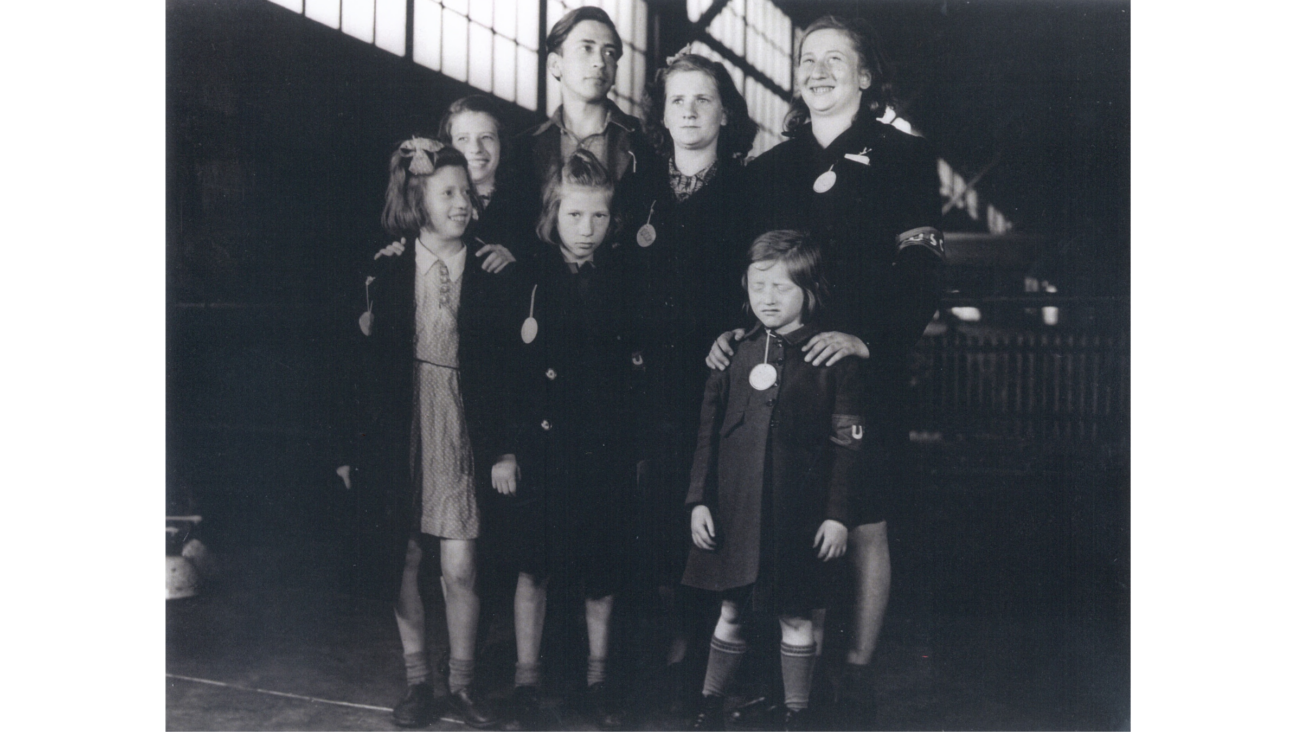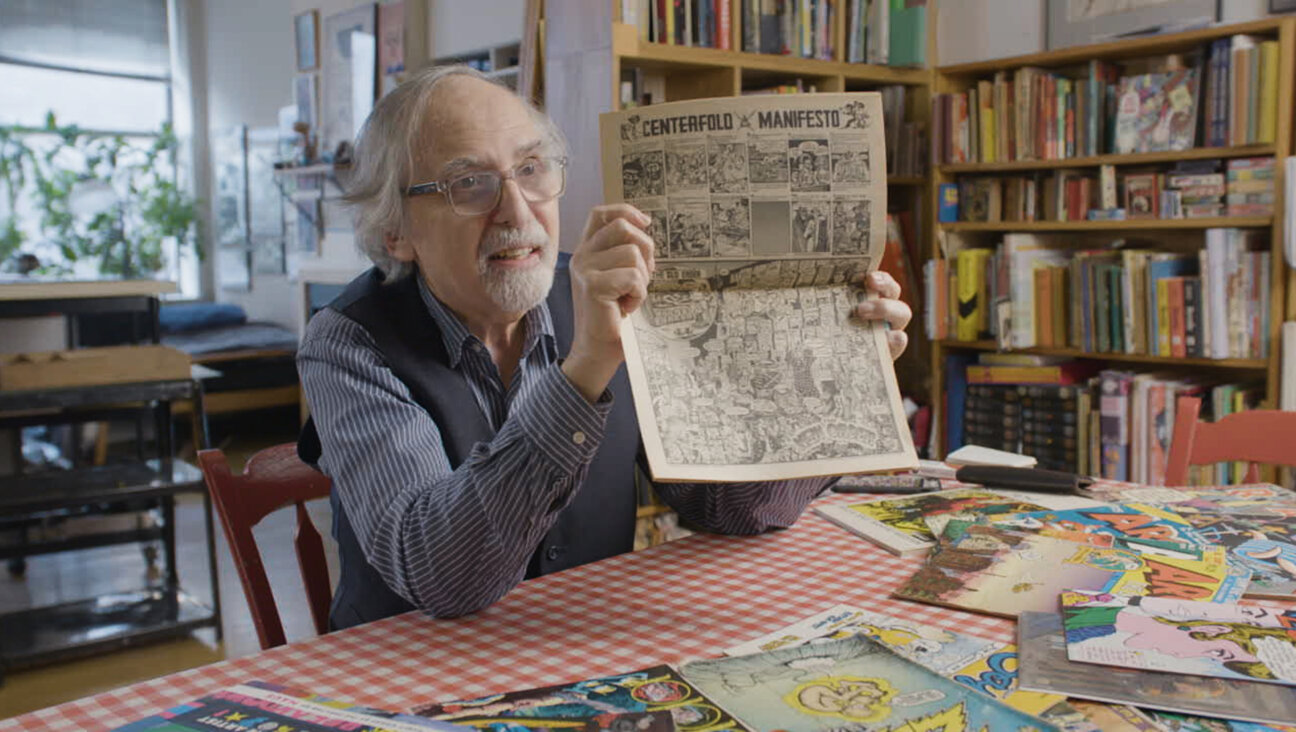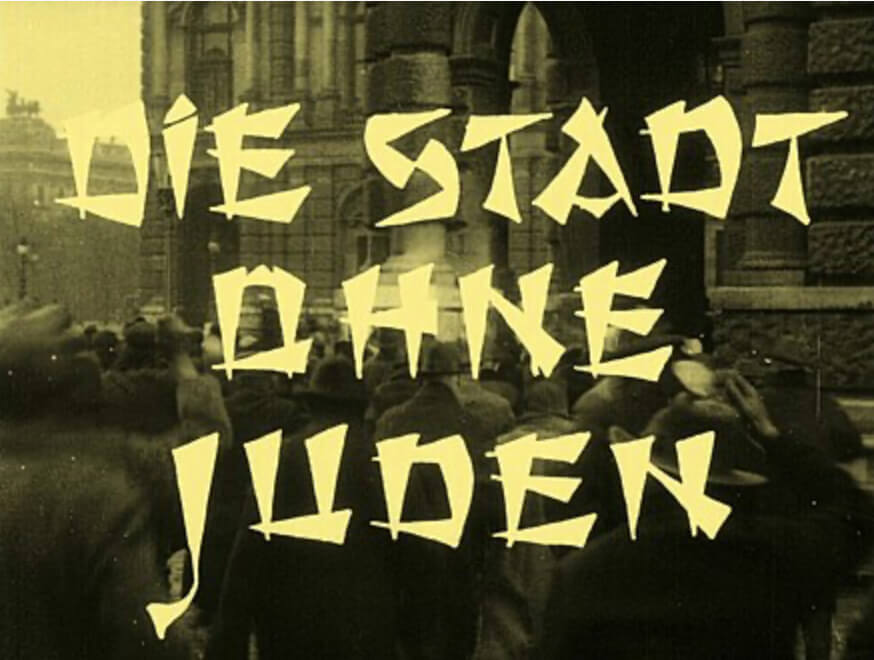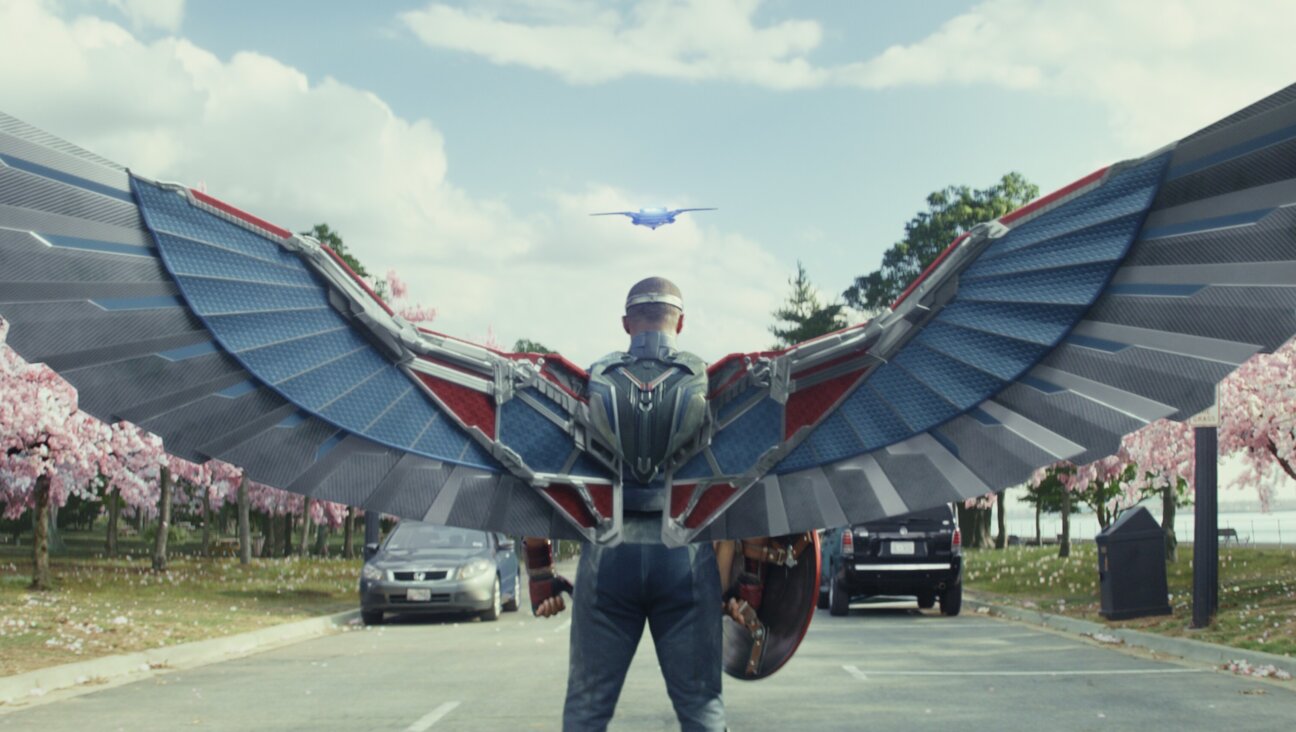‘Fauda’ meets ‘Homeland’ meets crummy documentary in ‘Ghosts of Beirut’
The show by ‘Fauda’ co-creators and director Greg Barker is a messy cat-and-mouse game
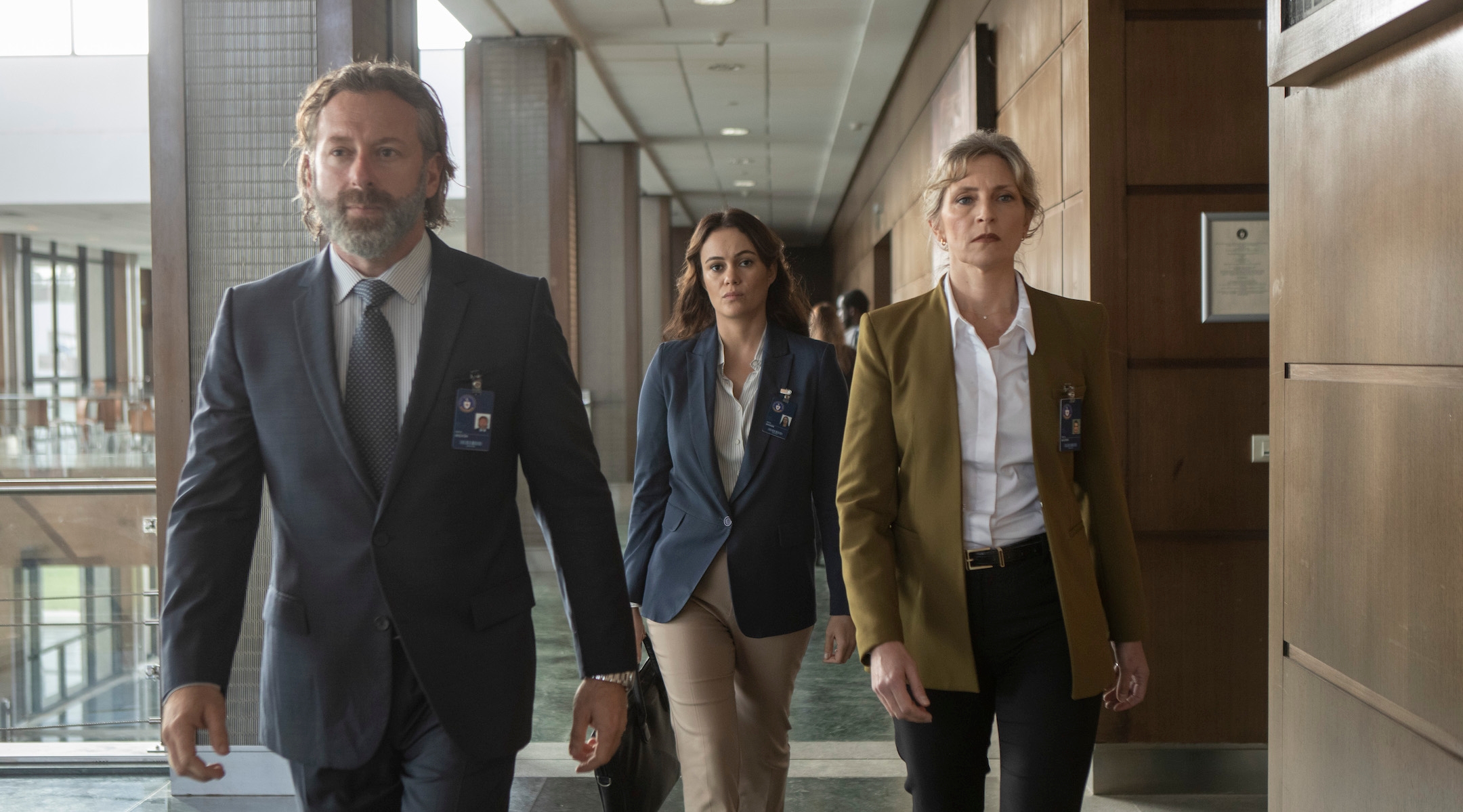
Dina Shihabi, center, stars in Ghosts of Beirut Photo by Sifeddine Elamine/Showtime
This article contains spoilers for Ghosts of Beirut.
It’s a boom time for origin stories for big ideas: Tetris, Air Jordans, the Blackberry and now suicide bombings and the marketing of jihadist martyrdom.
Ghosts of Beirut, a limited series on Showtime is, like the story it tells, a joint Israeli-American production, written by Fauda co-creators Avi Issacharoff and Lior Raz and documentarian Greg Barker, who also directs. Its four episodes track the rise of Imad Mughniyeh from his humble origins in the 1980s civil war in Lebanon to the elusive No. 2 of Hezbollah.
Mughniyeh, nicknamed “the Ghost” for his untraceability, bombed American and Israeli embassies across the globe, innovating the terror space by glorifying his soldiers in death and filming hostage videos of captured Americans. His story is fascinating — and deserves a less ponderous telling.
Ghosts, which bills itself as “a fictional account of deeply researched events,” is an awkward blend of journalists and intelligence agency talking heads reciting platitudes and a cat-and-mouse thriller a la Homeland or Zero Dark Thirty. Starting in 2007, when Mughniyeh’s men raided an American base in Karbala, Iraq, we wind back the clock to his recruitment by envoys of Iran during the 1981 Israeli bombing of Lebanon before returning to his death in 2008, as part of a joint Mossad-CIA assassination.
Mughniyeh, played as a young man by Amir Khoury and in middle age by Hisham Suliman, is both the target of Israeli and American operatives and our main character. Although we are meant to sympathize with his struggle for freedom in the beginning, once he starts his campaign of terror, that becomes a tough ask. It’s hard to maintain interest in his troubled married life, his stress from work and the love affair that undoes him when you step back to realize, “wait, this dude killed hundreds of people and inspired countless imitators.” Even a scene of him kicking a soccer ball with a few local kids is hard to stomach with that knowledge.
Yet Mughniyeh is, far and away, the show’s most human character. Certainly he is less of a cartoon than CIA official Robert Ames (Dermot Mulroney), who treats us to such inspired dialogue as “don’t insult my professionalism or that of my officers.” Mulroney, and most of the American cast, give truTV dramatic recreation-quality performances. They are wholly uncomplicated and almost uniformly lantern-jawed. (Ames, who helped develop Reagan’s 1982 peace plan for Israel and the Arab world, was murdered by Mughniyeh in 1983 — he deserves better.)
Things improve markedly in scenes in Arabic, and later Hebrew, with Israeli actor Iddo Goldberg as a Mossad man whose kid is having a tough time in high school (these humanizing details are perfunctory across the board). Maybe they only seemed better because I don’t speak Arabic or Hebrew, though.
For all the real characters — and documentary subjects — there are obvious composites. There’s a translator from the farm in Langley (British Jewish actor Rafi Gavron, playing someone named Chet and, in one scene, flashing his real tattoo with the Hebrew letter chet) and Dina Shihabi as a Lebanese-American CIA operative who insists Mughniyeh was behind the 2007 attack. (Of course her bosses doubt her — they always do.)
The show wants to be both accurate and dramatic, adding a sheen of credibility and due diligence from interviews and archival footage, while introducing fictive folks who all have personal reasons to hunt down Hezbollah. But, as the show approaches the finish line, the viewer is left to wonder if this “fictional account” ran up against the limits of what’s publicly available.
After Mughniyeh is taken out, via exploding hubcap on a Damascus road, interview subjects tell us that the U.S. and Israel’s involvement is speculation and never officially confirmed. Why we’re being coy after four hours watching all this unfold, particularly when newspapers reported the joint initiative as fact, is beyond me.
Maybe there are security reasons in play, but the lack of straightforward answers makes you question what you’ve seen, what’s made up and just how deep the research went. (It’s not exactly encouraging that Barker has said in interviews that the team had to “choose [their] own truth” from various off-the-record details.)
Somewhere, in a classified folder in Langley or Tel Aviv, is the full story. The CIA and Mossad waited almost 30 years to take out Mughniyeh — audiences can wait a bit to know all the facts, and shouldn’t have to settle for hokey fiction.
A message from our Publisher & CEO Rachel Fishman Feddersen

I hope you appreciated this article. Before you go, I’d like to ask you to please support the Forward’s award-winning, nonprofit journalism so that we can be prepared for whatever news 2025 brings.
At a time when other newsrooms are closing or cutting back, the Forward has removed its paywall and invested additional resources to report on the ground from Israel and around the U.S. on the impact of the war, rising antisemitism and polarized discourse.
Readers like you make it all possible. Support our work by becoming a Forward Member and connect with our journalism and your community.
— Rachel Fishman Feddersen, Publisher and CEO








